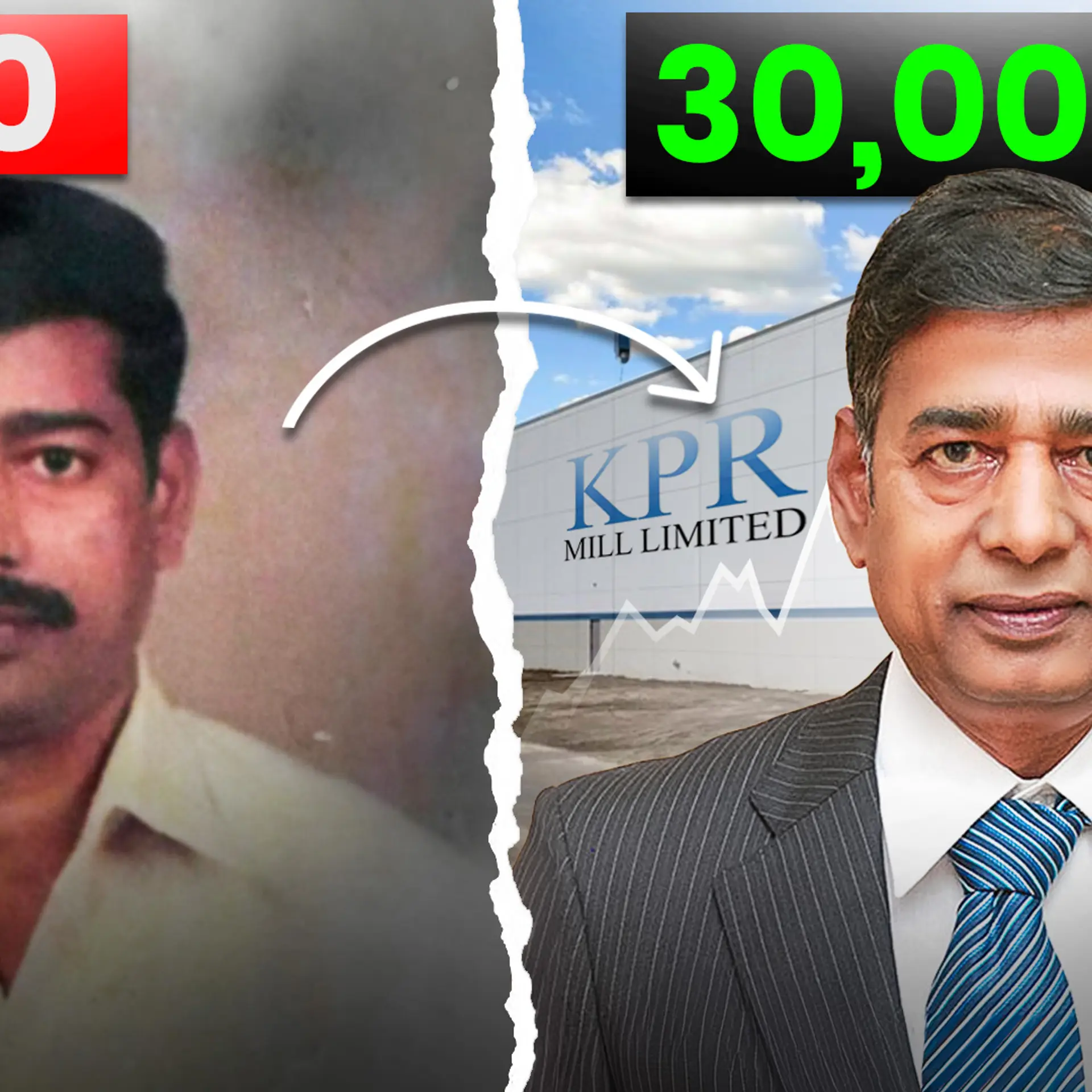How to secure a multi-cloud environment
Establishing and maintaining cloud security for a multi-cloud environment requires continuous effort and vigilance. Collaboration with cloud providers, security experts, and compliance teams is advisable to ensure that security measures align with best practices and regulatory requirements.
The evolution of cloud computing has been marked by continuous innovation and adaptation to the ever-changing landscape of technology. Initially conceived to deliver web services and storage, cloud computing has matured into a multi-faceted ecosystem offering a vast array of services and solutions through private, public, hybrid, and multi-cloud infrastructure.
What is a multi-cloud environment?
A multi-cloud environment refers to a cloud computing strategy in which an organisation uses multiple cloud service providers to meet its computing and storage needs. Instead of relying on a single cloud provider, businesses in a multi-cloud environment distribute their workloads, applications, and data across two or more cloud platforms. This allows for flexibility and also enables businesses to better manage costs and avoid vendor lock-in, thereby improving resiliency.
However, the high complexity of multi-cloud deployments also raises numerous cybersecurity challenges and concerns. Hence, building an effective security strategy for such environments requires a comprehensive approach that combines various technologies, processes, and best practices.

Here’s how businesses can secure their multi-cloud environments:
- Create a unified security policy: For securing a multi-cloud environment, it is very important to define and create a unified security policy that remains constant across cloud service providers.
- Consolidate security tools: Maintaining consistency in security in a multi-cloud environment is imperative, hence organisations must deploy centralised security tools. For instance, data should always be encrypted while in transit or at rest across different cloud service providers with the same policies for data backup.
- Automate security processes: Ensuring security should be a constant exercise, hence it shouldn’t be controlled manually as humans can only monitor for a certain period. Security processes such as monitoring and identification of threat events, mitigating risk, and securing the end-points should be fully automated to ensure perpetual security.
- Use open-source platforms: In a multi-cloud environment, if an organisation uses cloud-specific servers, then faster deployment of applications across platforms becomes a task. Hence, it is advisable to use open-source container orchestration platforms such as Kubernetes to minimise the complexities of cloud integration. Open-source platforms not only facilitate the centralisation of security configurations but also minimise the need to manage numerous security options across platforms.
- Use a cloud management platform: A cloud management platform provides a set of tools and procedures that allow a business to seamlessly monitor and secure applications and workloads across multiple public clouds. It also allows IT teams to manage multiple clouds from a single interface and supports open-source platforms.
- Employee training and awareness: Businesses need to educate their employees and stakeholders about cloud security best practices, social engineering risks, and the importance of strong password management.
Establishing and maintaining cloud security for a multi-cloud environment requires continuous effort and vigilance. Collaboration with cloud providers, security experts, and compliance teams is advisable to ensure that security measures align with best practices and regulatory requirements.
(Shrikant Navelkar is the Director of Clover Infotech.)
Edited by Kanishk Singh
(Disclaimer: The views and opinions expressed in this article are those of the author and do not necessarily reflect the views of YourStory.)








